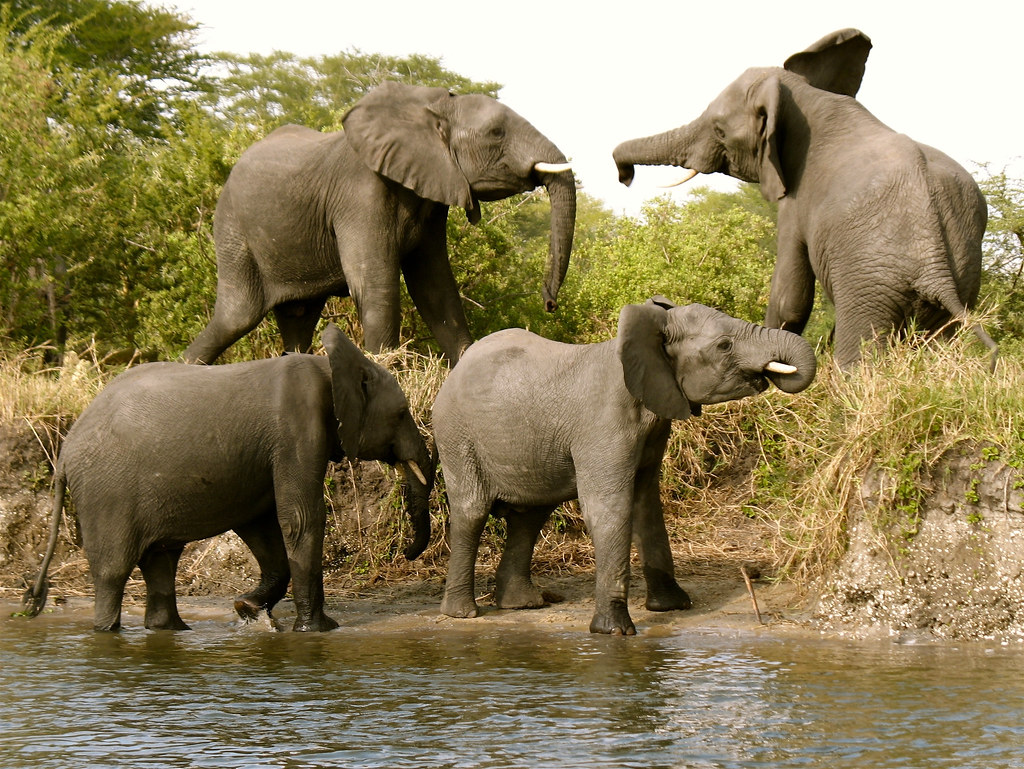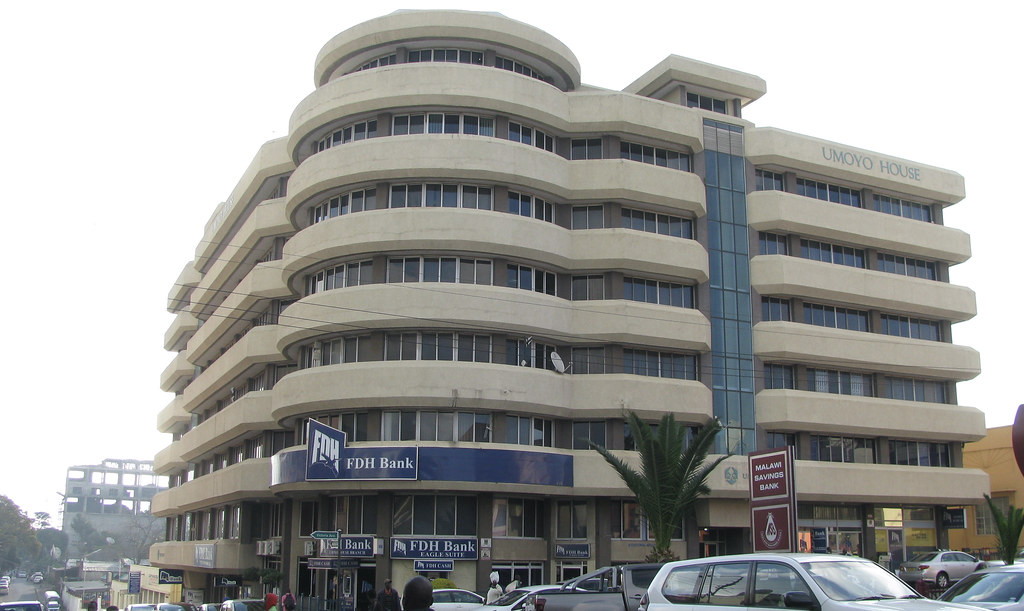The southern region of Malawi, covering approximately 1/3 of the country is the most developed and holds the highest population (7,750,000 of the nation’s 19 million people). Of the 28 districts in Malawi, thirteen are located in the Southern Region. They are Balaka, Blantyre, Chikhwawa, Chiradzulu, Machinga, Mangochi, Mulanje, Mwanza, Neno, Nsanje, Phalombe, Thyolo, and Zomba.
During the Colonial period (1891 to 1964) the British maintained their strongest presence in the southern region. Commerce moved quickly and easily in the moderate climate of Blantyre (now Malawi’s second-biggest city). They found the environment receptive for their governing location in the city of Zomba, 70 kilometers northeast (1 hour and 15 minutes) of Blantyre. There was not as much colonial influence in the central and northern parts of the country where the population was thinner, and the threat of malaria was strongest. In fact, Lilongwe, the present-day capital of the nation was only a small trading center until its first President officially made Lilongwe the capital of the nation in 1975.
Today the southern region of Malawi is home to some of the best game parks in Malawi, and the second-highest mountain peak in the southern hemisphere. These are Majete, a park located southwest of Blantyre and home to an estimated 4,000 animals, Lengwe, located 80 kilometers south of Blantyre, and Liwonde National Park, located 120 kilometers north of Blantyre, on the Shire River. Liwonde is home to Malawi’s largest elephant population. Also of great beauty are the peaks of Mulanje Massif. Punching skyward to 3,0002 m (9,824 feet), they are the highest point in Malawi. They are located 65 km east of Blantyre.
The richest district in Malawi is in the south and covers an area of 6,273 square kilometers. It is the Mangochi District, with a population of 610,239. It is a hub of commerce for the south-eastern portion of the region.
Despite the differences noted in geography and tribal background, Malawians are united by language, intermarriages, and national pride. Yao, Sena, and Lhomwe are the native languages spoken in the southern part of the country. Tumbuka and Tonga are spoken by people in the northern region, and the central region is dominant with the Chewa tribe and the Chichewa language. Chichewa is the national language spoken by people across the country, while English is the language of business, medicine, government, and commerce. English is taught in the schools, and this makes it easy and convenient for those visiting the country from English-speaking nations.




